I'm ditching Waze for in-car infotainment systems in EVs – here's why
When it comes to EVs, ease of charging is my number one priority
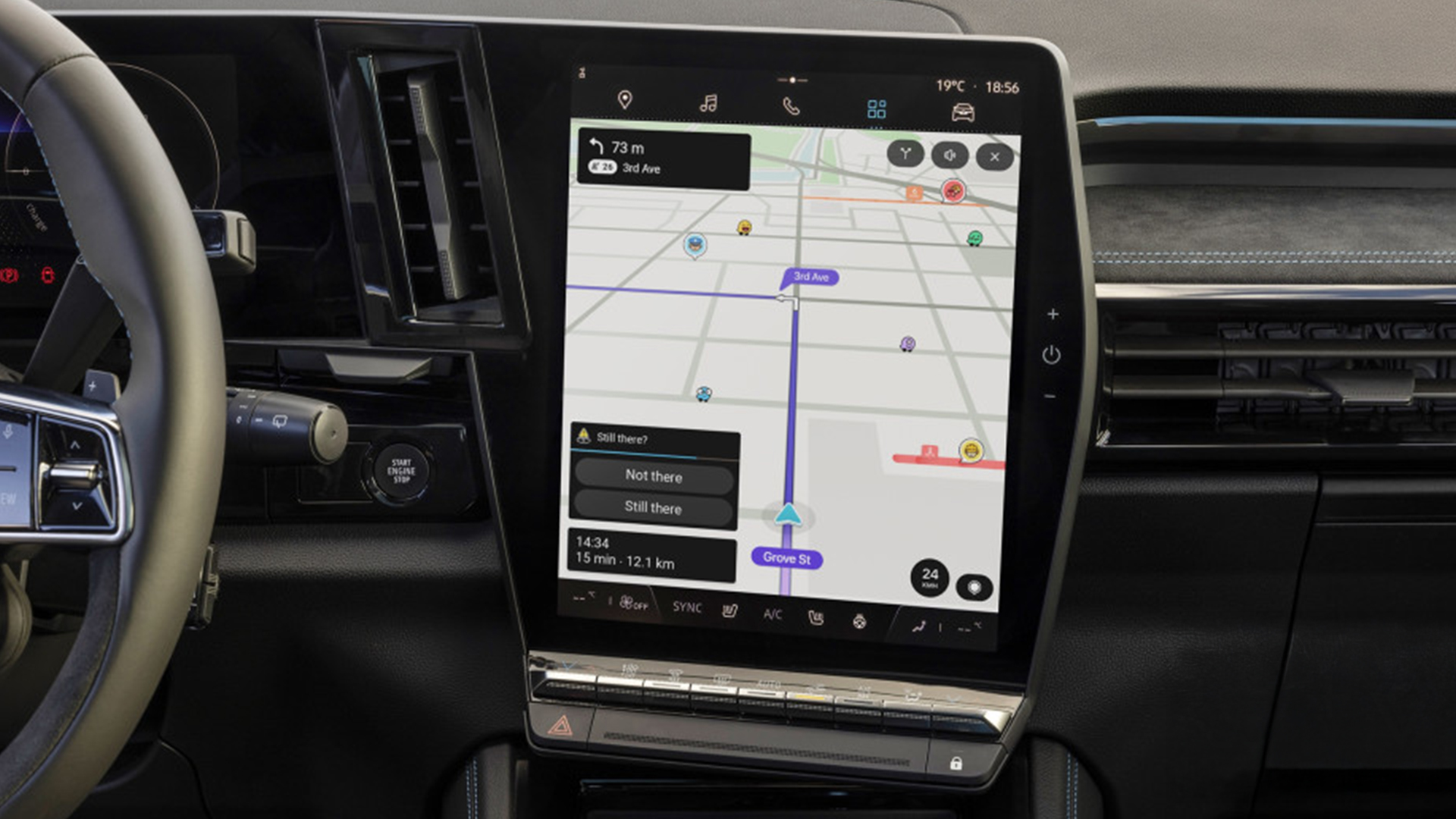
Do you remember the days of mounting a massive sat nav to your vehicle’s windscreen? An irritating requirement, as many manufacturers hadn’t yet figured out how to deliver a reliable built-in system that wasn’t painfully slow, clunky to use or simply very bad at giving directions.
As a result, more and more drivers turned to their phone screens, using the most up-to-date mapping services on Android or Apple Devices – without the need to visit a dealer to update the SD card.
Alas, both Google and Apple quickly realized this wasn’t the safest practice, so released the head unit-friendly CarPlay and Android Auto in 2014 and 2015 respectively.
Since then, drivers have been able to take advantage of their favorite mapping apps, whether that’s Google, Apple or even something like Waze, all from the comfort of their vehicle’s infotainment system.
In fact, a recent study by Straits Research in the US revealed that 80 percent of new car buyers now demand smartphone mirroring in their vehicles, with some 98% of the new cars on the market supporting Android Auto and CarPlay in one way or another.
A vast number of manufacturers are even using Google’s software to underpin entire digital ecosystems, with the Android Automotive OS now found in everything from the latest high-end Volvos to more affordable Renault products.
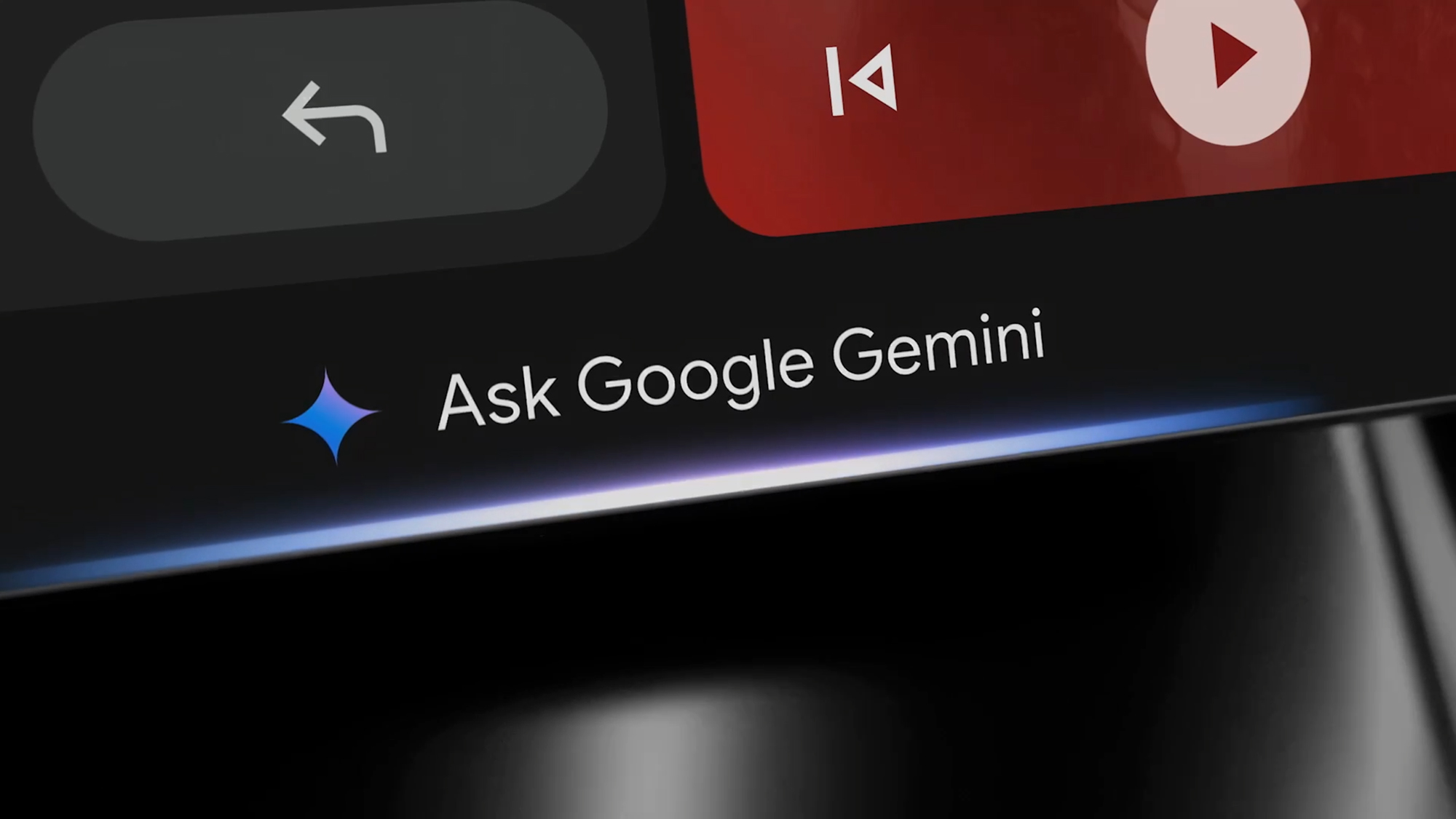
As someone who racks up a disgusting amount of annual miles, I have long been a fan of Waze – the app that arguably kick-started community-driven routing, asking its users to report road works, broken down vehicles and speed traps hampering a journey for the most up-to-date trip-planning possible.
Sign up for breaking news, reviews, opinion, top tech deals, and more.
It is no wonder Google pounced on the app back in 2013 and rapidly began replicating the best bits, all of which started surfacing in its own Maps application.
However, the rise in popularity of electric vehicles has presented another route-planning conundrum – and that’s navigating with battery status and EV charging stops in mind.
Tesla cottoned on to this at the very beginning of its electrified journey and it is one of the main reasons why the company remains among the few to not offer an Android Auto or Apple CarPlay screen mirroring functionality – Musk wants to know where his vehicles are and how busy the charging network is in order to offer the most seamless EV travel experience going.
You can lambast the brand all you want, but covering big distances in its vehicles is a breeze, as the routing automatically calculates the range required and attempts to factor in Supercharger stops that will reduce the overall length of the journey.
It works brilliantly, navigating the driver to stalls it knows are available and in some markets, even allowing for users to search for amenities, such as restaurants, restrooms and shops near Supercharger locations.
Now, more manufacturers are following suit… and that’s a good thing.
No Waze, man

With more carmakers opting to use Google’s Android Automotive OS, the native Google Maps app is now able to tap into the vehicle’s real-time data feed and factor in things like remaining range, plotting the most efficient route with charging in mind.
In general, the baked-in set up works well, offering information on EV chargers in the vicinity, the ability to filter by charging speed and even planning routes based on the vehicle’s range, although this isn’t currently possible with Waze, seeing as carmakers are hesitant to share their API with numerous external platforms and it still requires a smartphone for processing.
From experience, even Google isn't perfect and Maps within said vehicles often doesn’t have an exhaustive list of the numerous charging networks, nor does it have reliable information on the live status of individual chargers, which are prone to malfunctioning or being vandalized on the regular.
This isn’t just a Google and Waze issue, as the EV charging landscape is a fractured one, with a seemingly endless number of charging providers making it very difficult to map everything that’s out there, let alone take a live feed from them all.
After living with a Porsche Taycan Turbo for a number of weeks, I found myself naturally migrating away from the lazy option of plugging in an iPhone and relying on Google Maps and Waze apps, shifting towards the marque’s built-in systems.
Following a deep-drive into the new infotainment system, which was debuted on Macan EV, Porsche made a solid case for trusting its routing system, stating that it had invested heavily in drastically improving the compute power of the infotainment system and its cloud-based back end.
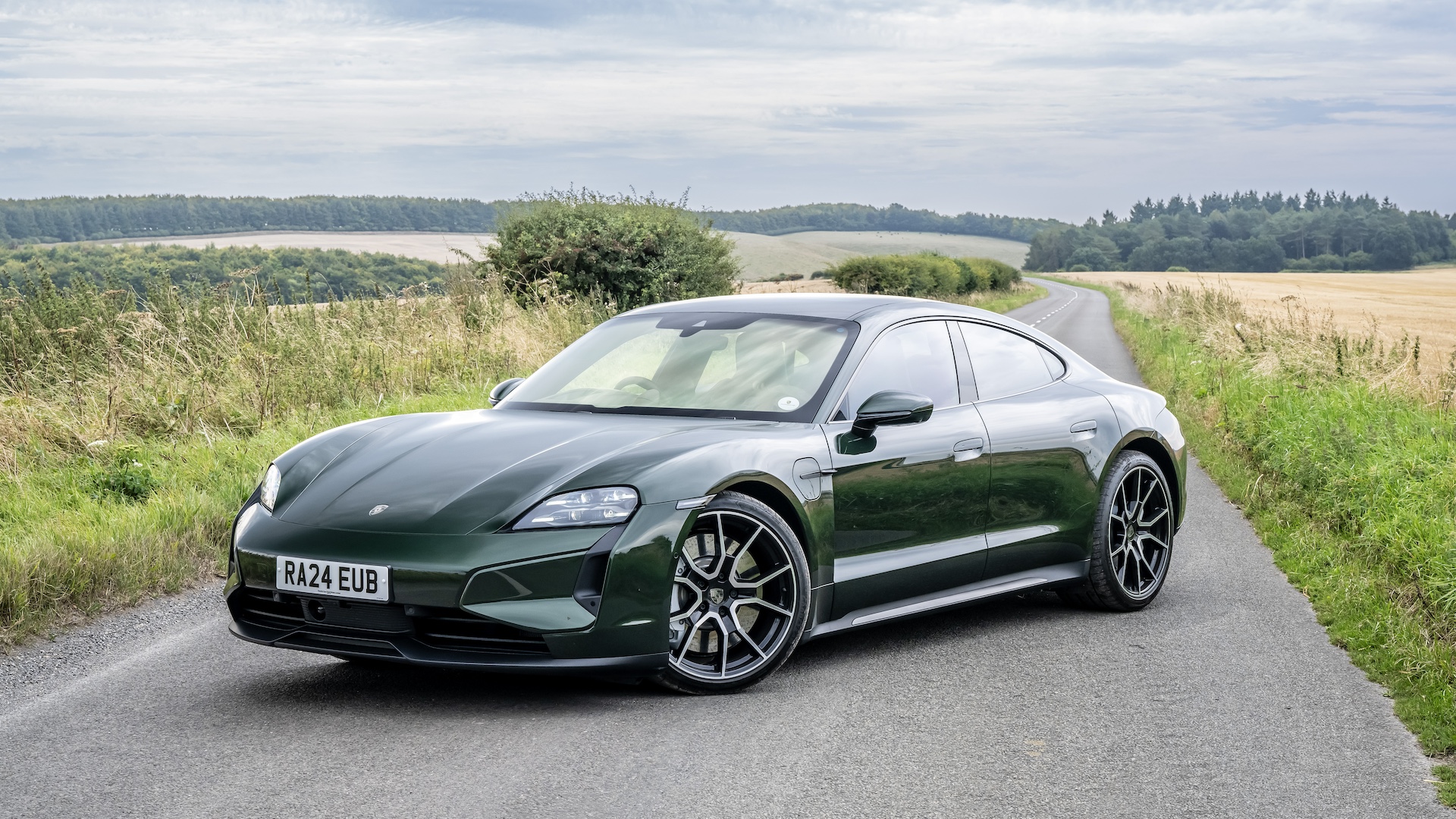
As a result, complex lengthy routes, which can span the entire width of Europe in some cases, are calculated in seconds, complete with the most efficient places to stop and charge, factoring in reams of live data from the wider connected charging network and the vehicle itself.
In the Taycan, for example, the system will suggest a brief detour to an ultra-fast charger that it knows is free if the battery and ambient conditions are prime for a fast charge, rather than opting for the obvious but slower and busier outlets found at motorway service stations.
Like Tesla, it will pre-condition the battery in the run-up to a charging session, ensuring it is at the optimum temperature for rapid top-ups, drastically reducing the time spent hanging around.
What’s more, the vehicle can also be pre-programmed to favor those charging networks that are bundled into the Porsche Charging Service, which not only offers a standardized pricing, but also allows for easy payment with an RFID tag and automatic billing, edging slightly closer to Tesla’s seamless charging experience.
Keeping pace with change
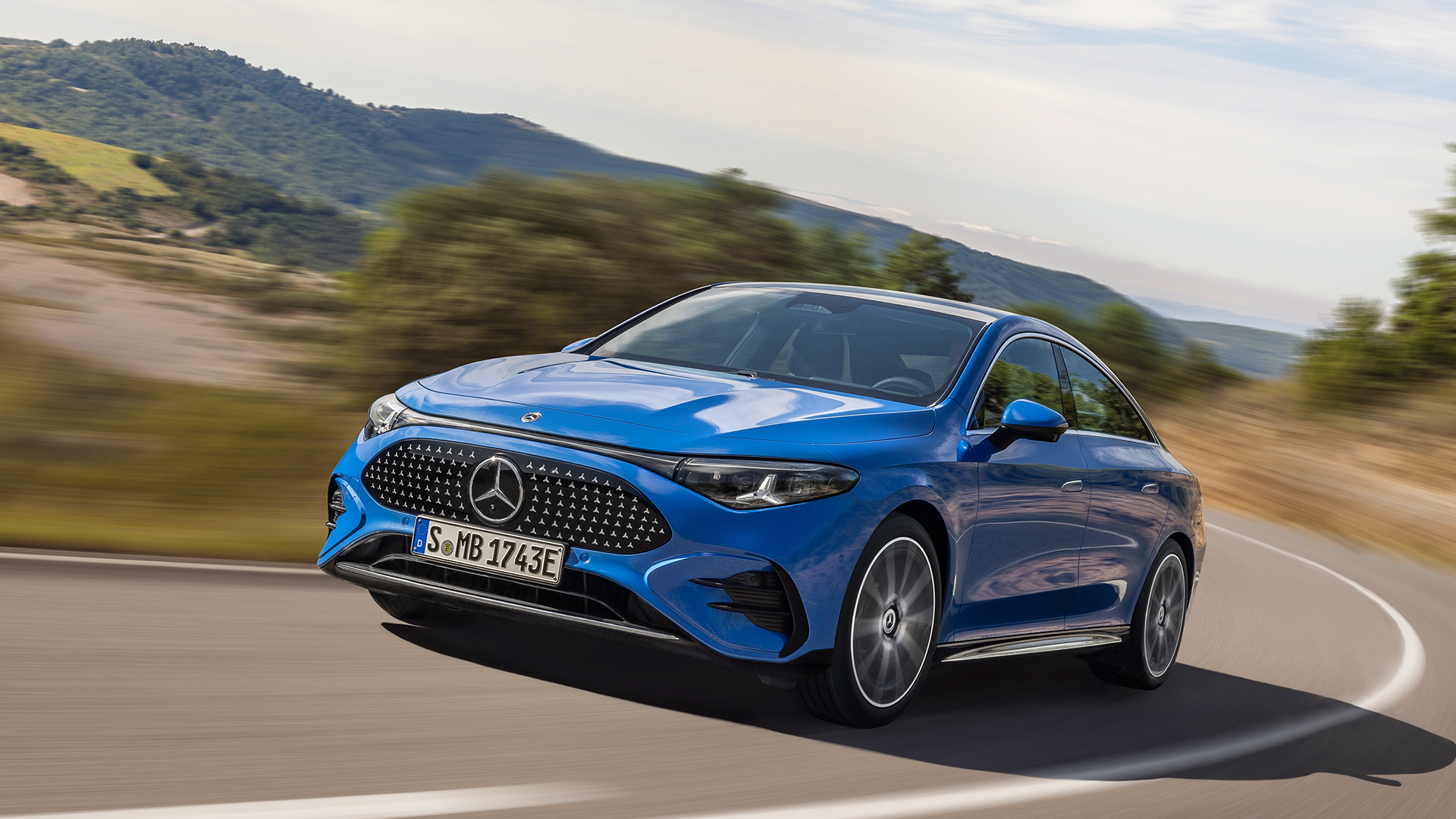
Part of the problem with early navigation systems was the difficulty in keeping things up to date, often having to mess around with SD cards or taking the vehicle to main dealer to have it sorted.
Although we are still in the very early days of the software defined vehicle (SDV), more and more new cars are now able to update settings over the air, often without any need for the owner to lift a finger.
This has single-handedly improved manufacturer infotainment systems and ensures built-in navigation remains up-to-date.
The legacy automakers are still finding their feet with the OTA stuff, often not using it to the extent that Tesla or Rivian might, both of which regularly release huge updates that add important and (sort of) entertaining new features.
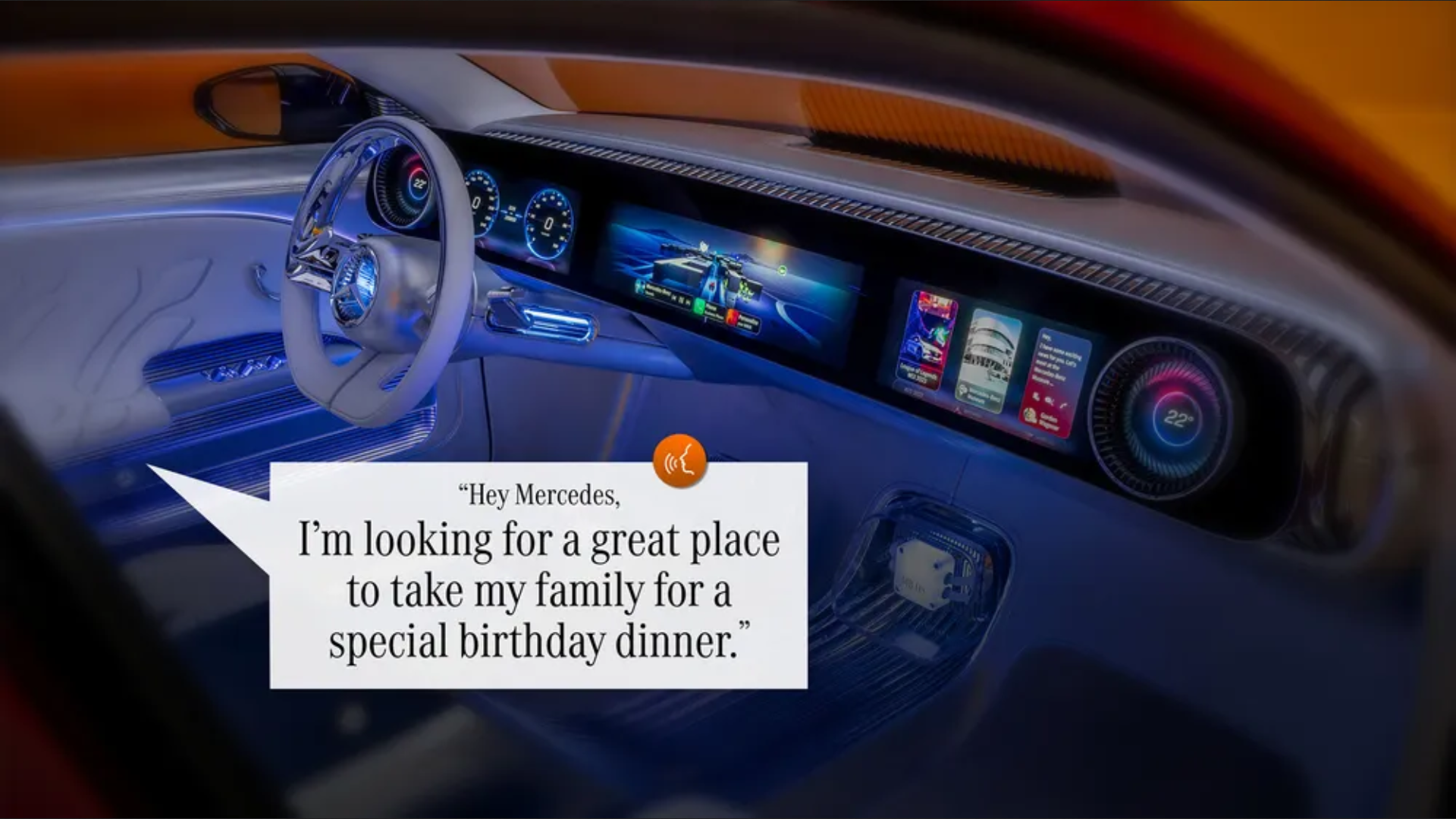
In time, this will improve and owners will increasingly be persuaded to lean towards a manufacturer’s digital offering.
Take the upcoming Mercedes-Benz CLA as an example. This new all-electric saloon boasts an 800V charging architecture that, bizarrely, won’t be compatible with 400V DC charging outlets, of which many still remain in Europe and further afield. Much of Tesla’s network is still awaiting an 800V upgrade, for example.
As a result, it is looking to retrofit an adaptor, but in the meantime, it is leaning on software to encourage its drivers to use the faster and more efficient 800V public charging infrastructure. Alas, you’ll only benefit from this if you use Mercedes’ Google Maps-based nav system.
With the entire EV landscape still proving relatively fractured, with individual models boasting little quirks and the infrastructure lacking the standardization it desperately needs, it is arguably more important than ever for manufacturers to offer the most efficient and reliable mapping services around.
This is something that has me breaking the habit of simply plugging in a smartphone and lazily relying on Waze to get me there.
You might also like
- Huawei says its new solid-state EV battery can give you 1,800 miles of range and charge in less than 5 minutes, but we have questions
- Forget the ID Buzz – VW has electrified its popular Transporter van range and it looks even better
- 'We really believe that Lidar is mission critical': Ford CEO says Waymo's self-driving car tech makes more sense Tesla's

Leon has been navigating a world where automotive and tech collide for almost 20 years, reporting on everything from in-car entertainment to robotised manufacturing plants. Currently, EVs are the focus of his attentions, but give it a few years and it will be electric vertical take-off and landing craft. Outside of work hours, he can be found tinkering with distinctly analogue motorcycles, because electric motors are no replacement for an old Honda inline four.
You must confirm your public display name before commenting
Please logout and then login again, you will then be prompted to enter your display name.